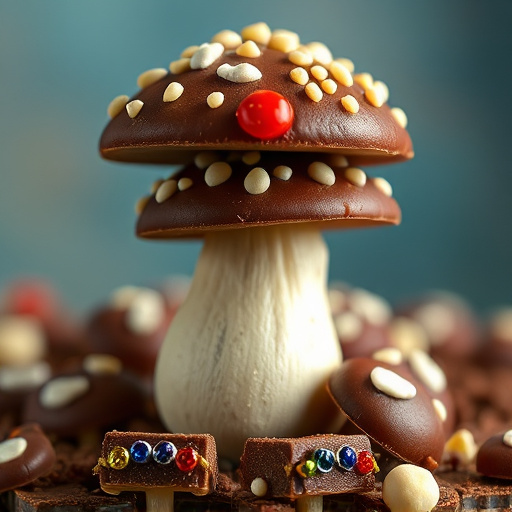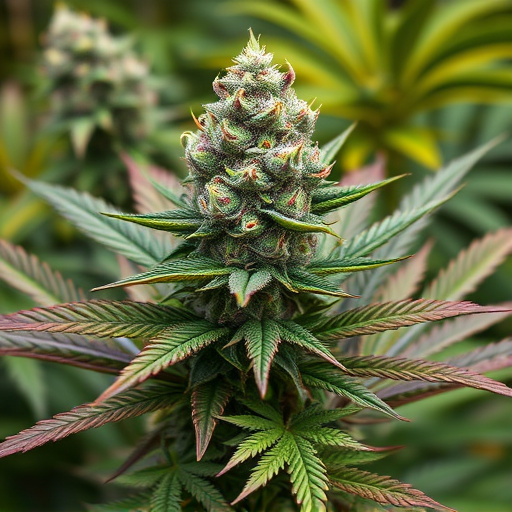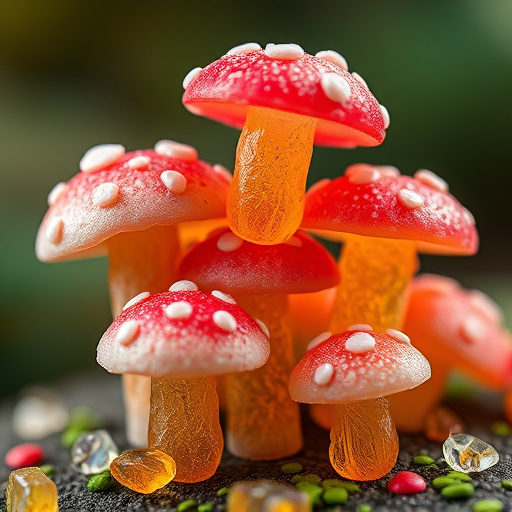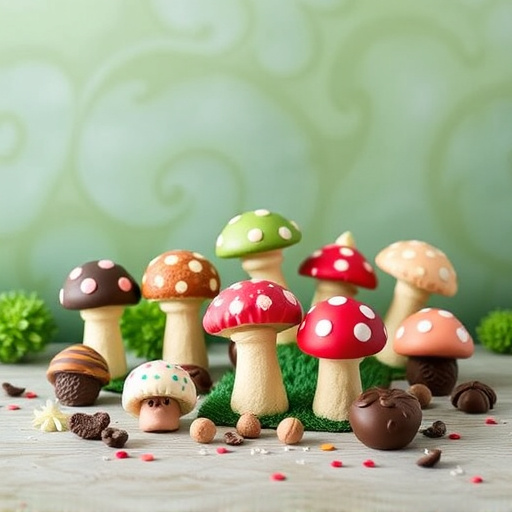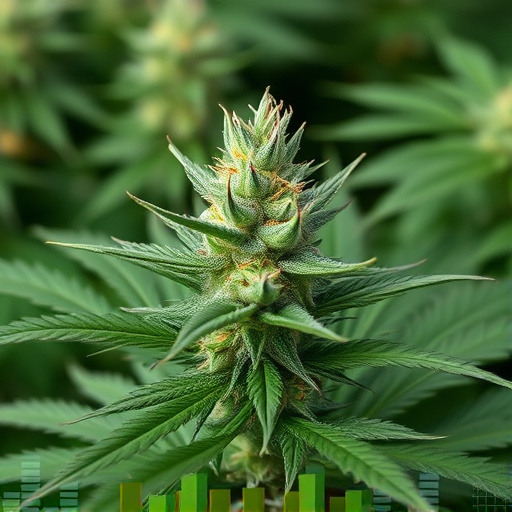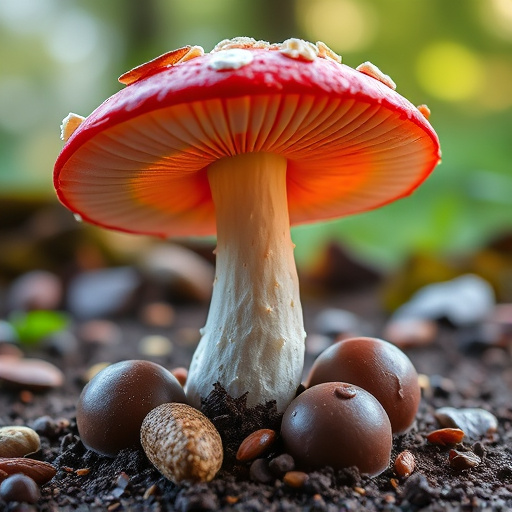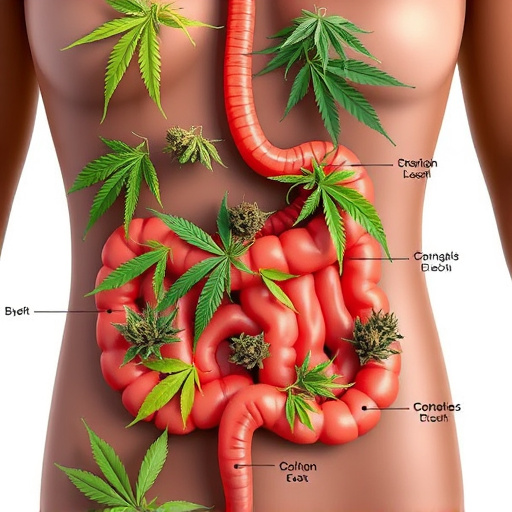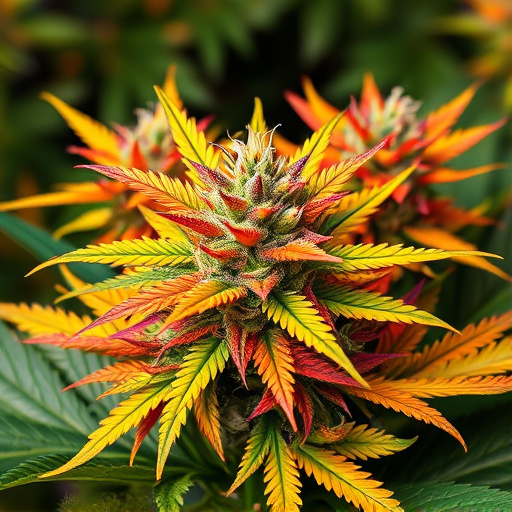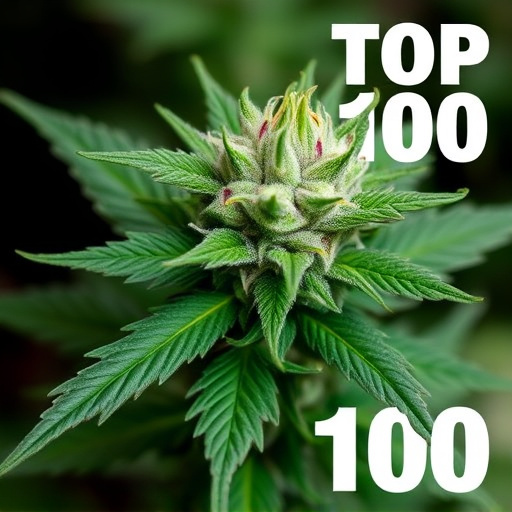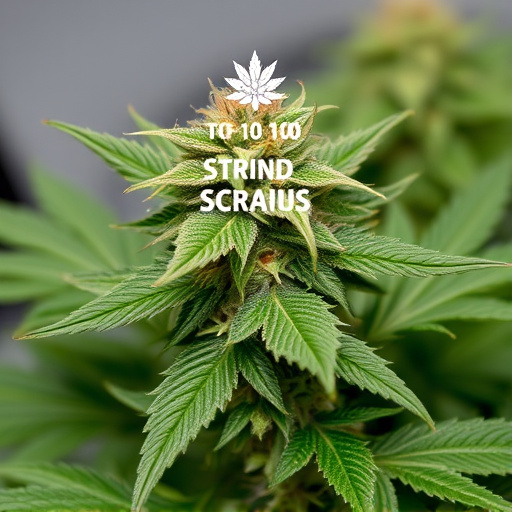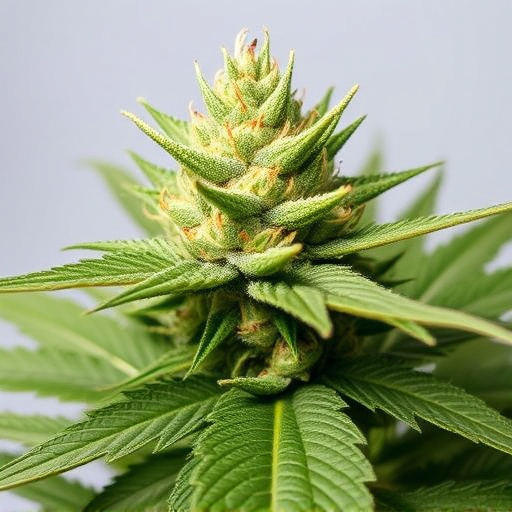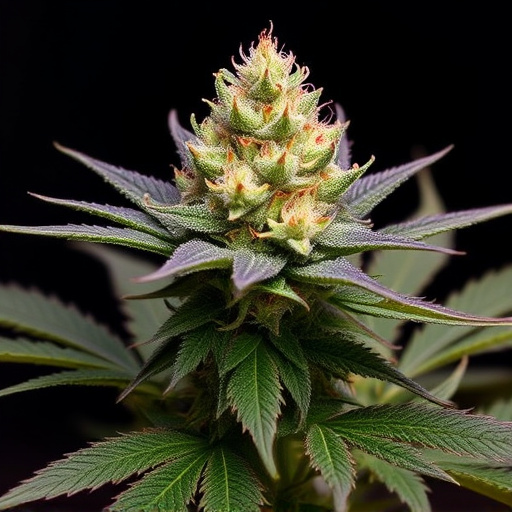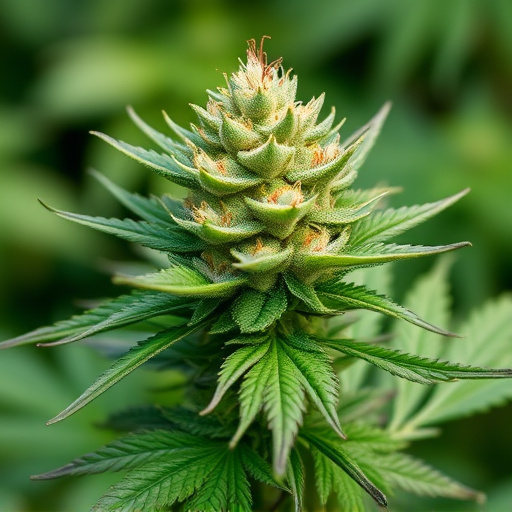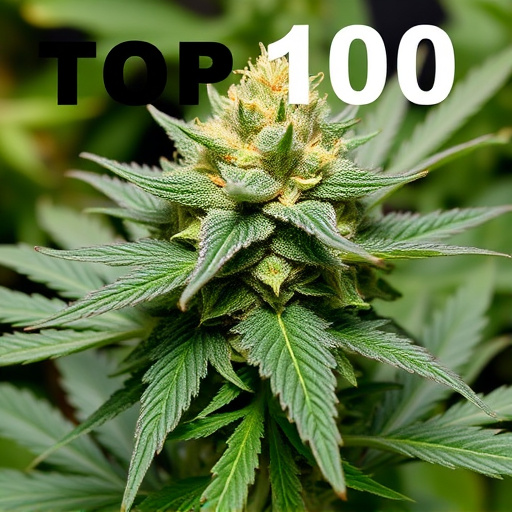Curing is a key step in producing high-quality top 100 cannabis strains. By gradually drying and storing flowers over time, essential compounds like THC, CBD, and terpenes concentrate, enhancing potency and flavor. This meticulous process involves controlling temperature (65-70°F) and humidity (45-55%) to prevent mold and preserve the delicate balance of cannabinoids, resulting in a superior smoking or vaping experience.
Discover the fascinating process of curing cannabis flowers and its impact on potency. This in-depth guide explores how a crucial post-harvest step can enhance the overall quality of your bud. From understanding the science behind curing to unravelling the benefits for the top 100 cannabis strains, we delve into best practices to ensure optimal results. Maximize the potential of your harvest and unlock the full spectrum of therapeutic properties with these expert insights.
- Understanding Cannabis Curing and Its Effects on Potency
- The Top 100 Cannabis Strains and Their Potential Benefits from Curing
- Best Practices for Curing Cannabis Flowers to Maximize Potency
Understanding Cannabis Curing and Its Effects on Potency
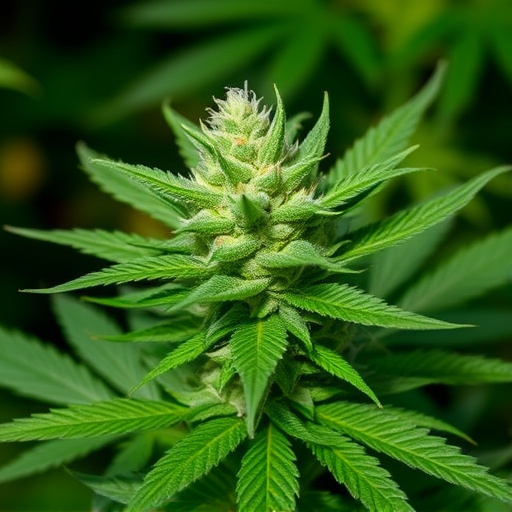
Cannabis curing is a process that involves gradually drying and storing harvested cannabis flowers to enhance their potency and flavor. This meticulous technique is an art that can significantly impact the final product, especially when it comes to top 100 cannabis strains. During curing, the flowers are allowed to age over several weeks or even months, undergoing a series of temperature and humidity adjustments. This gradual process mimics natural aging, allowing complex terpenes and cannabinoids to intertwine, resulting in a more potent and aromatic final product.
The effects of curing on potency can be attributed to the plant’s biochemistry. As cannabis flowers cure, the levels of THC (tetrahydrocannabinol), CBD (cannabidiol), and other cannabinoids can increase, leading to a stronger high. Additionally, curing reduces moisture content, which not only preserves the product but also concentrates its active compounds. Many cultivators believe that a well-cured cannabis flower can offer a more refined and nuanced experience, making it a crucial step in creating top-quality strains for those who seek the best in the market.
The Top 100 Cannabis Strains and Their Potential Benefits from Curing

The process of curing, or maturation, is an art that can significantly impact the final product’s potency and overall quality in the world of cannabis. When it comes to the top 100 cannabis strains, each variety has unique characteristics and potential benefits that can be enhanced or preserved through proper curing techniques. For example, Indica strains known for their calming effects and compact flowers can benefit from a slower curing process, allowing for a more intense flavor profile and increased THC levels without sacrificing their relaxing attributes.
On the other hand, Sativa strains, often prized for their energizing and cerebral effects, may require a faster cure to maintain their vibrant aromas and flavors while ensuring a balanced terpene profile. Curing techniques like controlled humidity and temperature play a vital role in preserving delicate terpenes, which are responsible for the distinct smells and potential therapeutic benefits of each strain. By understanding these nuances, cultivators can craft cannabis that not only meets but exceeds expectations, offering consumers a diverse range of experiences tailored to their preferences.
Best Practices for Curing Cannabis Flowers to Maximize Potency
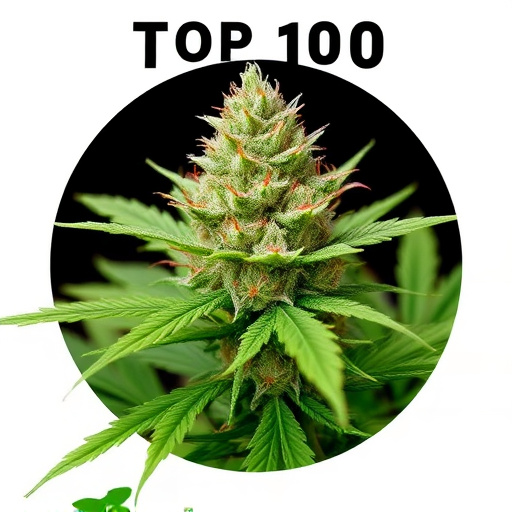
Curing cannabis flowers is a crucial step that can significantly impact their final potency and quality, especially for those looking to achieve top rankings in the top 100 cannabis strains. The process involves slowly reducing moisture content over time, allowing the plant’s natural chemicals to concentrate and mature. Best practices include curing in a dark, climate-controlled environment with low humidity, ensuring plants are completely dry but not brittle. This can take anywhere from 2-4 weeks, depending on personal preference for taste and potency.
Regular monitoring of temperature and humidity levels is key to successful curing. Temperatures between 65-70°F (18-21°C) with relative humidity around 45-55% are ideal. Too much heat or humidity can lead to mold growth, while too little can cause the buds to become harsh and less potent. Proper curing allows for a smoother, more enjoyable smoke or vape experience, ensuring that each puff delivers the full potential of the cannabis plant’s complex terpene and cannabinoid profile.
In conclusion, curing cannabis flowers plays a pivotal role in enhancing their potency and optimizing the overall user experience. As discussed in this article, understanding the science behind curing and implementing best practices can significantly impact the final product. From the diverse benefits of top 100 cannabis strains to the techniques for effective curing, cultivators and consumers alike can now make informed decisions to achieve the desired effects. By following these guidelines, one can ensure that the cannabis they consume not only meets but exceeds expectations in terms of potency and quality.
